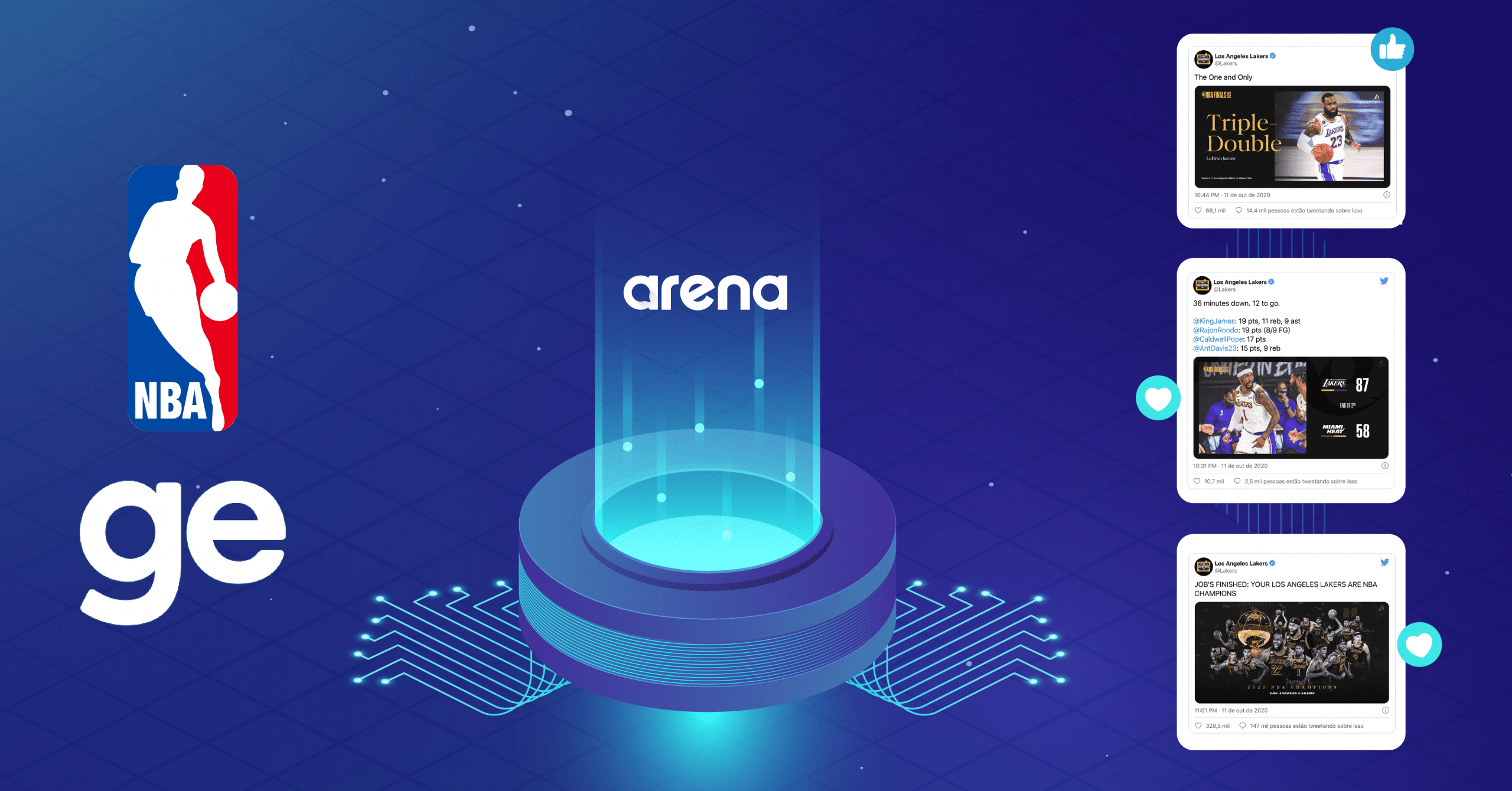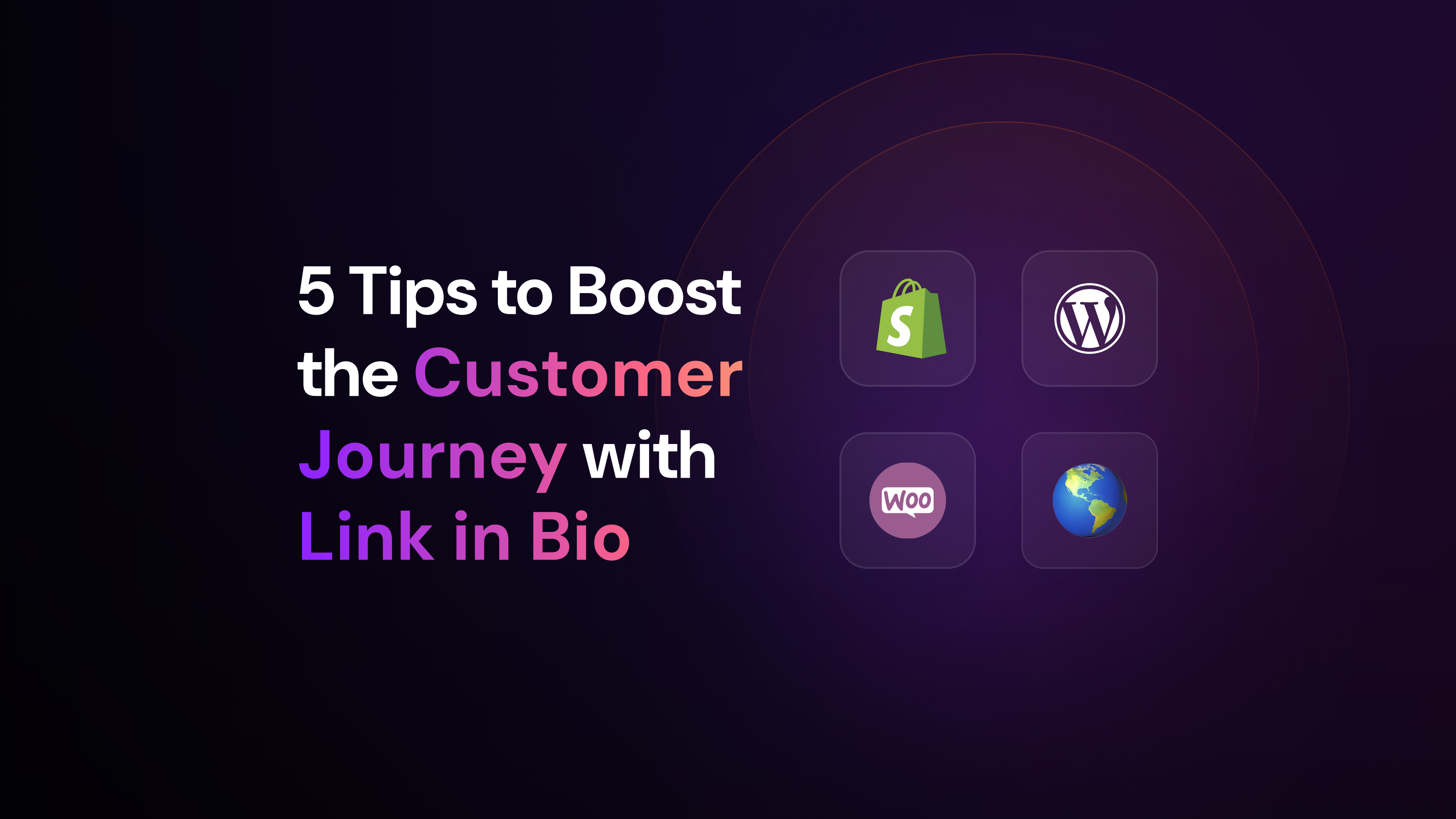The NBA finals are one of the most anticipated sports events in the world. This year, apart from the coronavirus pandemic and record-low TV ratings, over 7 million viewers tuned in, just in the US, to watch the games.
With millions of die-hard fans and worldwide visibility, it’s natural that some businesses turn the event into a giant marketing funnel.
In fact, the NBA itself has proven to be one of the most profitable sports businesses ever, with estimated annual revenue topping 8 billion dollars.
NBA real-time coverage
In times of quarantine, the interest in real-time content is even higher amongst internet users.
Customers are always on. Given the newness of technology and innovation, they have all the tools to remain connected nonstop and wish to consume reliable information that leads them to make better decisions. The faster, the better.
People are getting used to new ways of consuming digital content.
With empty stadiums and arenas, live content has become the closest fans can get to live-action. High-quality content is more important now than it has ever been.
Customer Experience tools are on the rise, and Live Blog and Live Chat are quickly becoming the best ally for businesses that rely on content creation and distribution.
Why Live Blog?
A live blog is, put simply, a curated news feed that can be integrated into websites, providing rolling coverage of any event in real-time. It combines content that is usually fragmented across the web, complementing articles and written stories with images, videos, tweets, polls, live group chats, and other digital assets that can be embedded in the feed.
Live blogs are widely used for breaking news coverage as they consolidate reported information to content pieces from outside the news organization, like user-generated content and inputs from social media.
It’s a transparent format in which journalists can update and attach multiple formats in an easy-to-digest layout.
How to leverage a live chat to cover real-time events?
A Live Chat is a communication platform that enables users to engage in relevant conversations with each other. Live Chats are commonly used on the coverage of live events to provide an instant communication channel to users of a specific website, for instance.
A Live Chat is the ideal option for companies that want to provide real-time interactions for customers who are browsing their website, learning about their products, and analyzing the brand’s reliability, for example.
Globo TV and the NBA Finals
Looking for fresh and real-time alternatives to provide valuable content to its customers, Rede Globo, the second-largest commercial TV network in the world, made a pioneering move by adopting two of Arena’s CX solutions to broadcast the NBA Live finals.
Using the Arena Live Blog to cover the matches – play-by-play – and the Arena Live Chat to enable passionate discussions amongst fans, Globo had audience peaks of tens of thousands of users following its Live Blog coverage concurrently. Their Live Chat, which was only open for Globo’s paying subscribers, had over four thousand users at the same time.
Covering such an important event, during a pandemic, can be even more challenging for journalists. Besides reporting on the game, they need to keep an eye on everything that’s happening off the court.
The best way to put all the news together and deliver it to its users is through the Arena Live Blog. Globo used our Live Blog as a sort of “second-screen content” to its users while the finals were going on and aggregated news about the teams, players, and fans.
Dynamic and extremely interactive, the Arena Live Blog allowed the TV network to bring different post formats and sources together to deliver real-time updates for their instant audience.
Globo live blogged the NBA finals through several content formats, such as videos, audios, texts, and social media posts to shape a diverse and more interactive feed. They also used live polls with game-related questions, to increase user’s interaction.
We can say Globo mastered the art of live blogging. Already widely popular among their soccer fans, the TV network is now bringing the same recipe – anticipation, hype, real-time – to the national basketball league.
During its live transmission, Globo also embedded paid ads into their Live Blog to increase revenue. The TV network learned that it’s easier to sell when your audience’s interest is peaking.
And when you have tens of thousands of users simultaneously watching your Live Blog, engaging in polls and Live Chats discussions, it’s fair to assume that user engagement is no longer a problem.
By curating and providing real-time updates from people literally on the inside of the game, Globo had the ability to immerse their viewers in the game like they are actually there.
With the Live Blog coverage of the NBA finals, Globo also managed to engage paid users in exciting discussions about the game, plays, and players.
In quarantine times, having real-time and play-by-play updates, inside coverage, discussions – sometimes heated – with other fans following the same game, it’s not too much to say this is the closest sports fan will get to a real sports arena.
Providing multimedia content and an innovative narrative experience to its audience is already paying off to Globo. The TV network made the Arena CX solutions a central piece of their communication strategy, and it’s seeing a relevant growth in user engagement, time spent on their web domains, and ROI.
With the Arena Live Blog and Live Chat, the possibilities are endless.
You can also create experiences like Globo did in the NBA broadcast. Take a free trial now and see for yourself.



